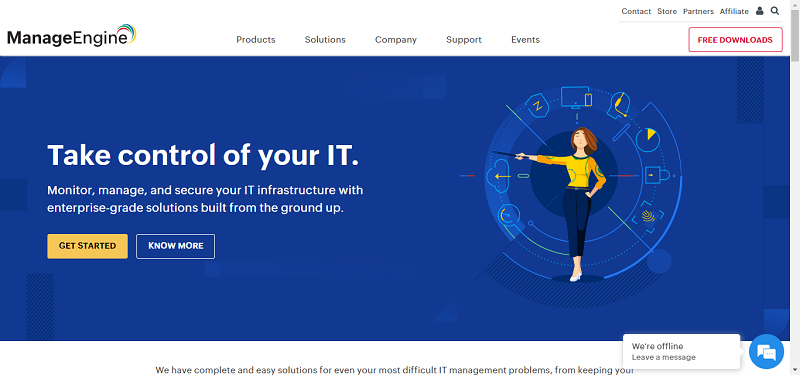The necessity and development of Cloud security evolves with the consistent growth of the Cloud and its many features. Just as Amazon is currently taking steps to improve their Cloud security in the hopes of attracting more customers, other shrewd Cloud organizations need to ensure they’re providing their clients not only with in-demand products but safeguarding those products against cyber threats.
Already dominating the cloud market space, Amazon Web Services (AWS) recently announced two new products designed to encourage and assist companies in maintaining and securing their data in the AWS cloud. Amazon Inspector is a bot-type service that searches for Vulnerabilities and security threats, thereafter generating a security status report and suggesting a course of action. This service will also help companies avoid introducing problems into their apps when launching new features. The Database Migration Services announced will allow users to migrate their MySQL, SQL Server, PostgreSQL, and Oracle databases to AWS as quickly and simply as possible. The AWS Config Rules service will then enable organizations to configure a set of rules and decide how instances will be constructed.

Startup Zscaler is an IT security company valued at over $1 billion, and it’s focusing its attention on banking. Scrubbing Malware and other digital threats from over 100 global data centers, Zscaler has named a former banking exec, Andy Brown, to its board of directors, with the aim of winning customers from the financial services sector. Says Brown of discussions with Zscaler’s CEO Jay Chaudhry, “We agreed that if the future was going to be the cloud, then security and policy management would have to move to the cloud. I’ve been convinced of that since the Salesforce implementation, but there were no vendors around to make that easy.”
And WinMagic has launched their own tool for enterprise Cloud security, SecureDoc CloudSync. This security software encrypts files before synchronization to enterprise file sync and share services (EFSS) and is available across a range of platforms including Android, iOS, Mac, and Windows. Furthermore, management of encryption keys is simplified, and when sharing files within an enterprise, SecureDoc CloudSync doesn’t require additional end-user passwords. Mark Hickman, COO of WinMagic, notes, “The undeniable convenience of EFSS solutions runs head on into the desires of IT staff and compliance officers to closely control sensitive data in an auditable way, and SecureDoc CloudSync removes risks inherent to EFSS. With the solution, companies can encrypt files so that the encryption stays with the file in the cloud. By managing the keys, the IT teams are the final authority as to the security of their corporate data.”
The European Network Information Security Agency identified 35 Cloud security risk categories, and narrowed those down to the eight most relevant:
David Howorth, VP EMEA at Alert Logic, discussed a recently released Cloud Security Report and pointed out three key findings:
Organizations implementing or evaluating Cloud security solutions should understand top threats, as well as drill down into risks specific to their own environments and setups. While many Cloud providers are implementing necessary security features, it’s always best to analyze documentation and reports to ensure adequate protection.
By Jennifer Klostermann





